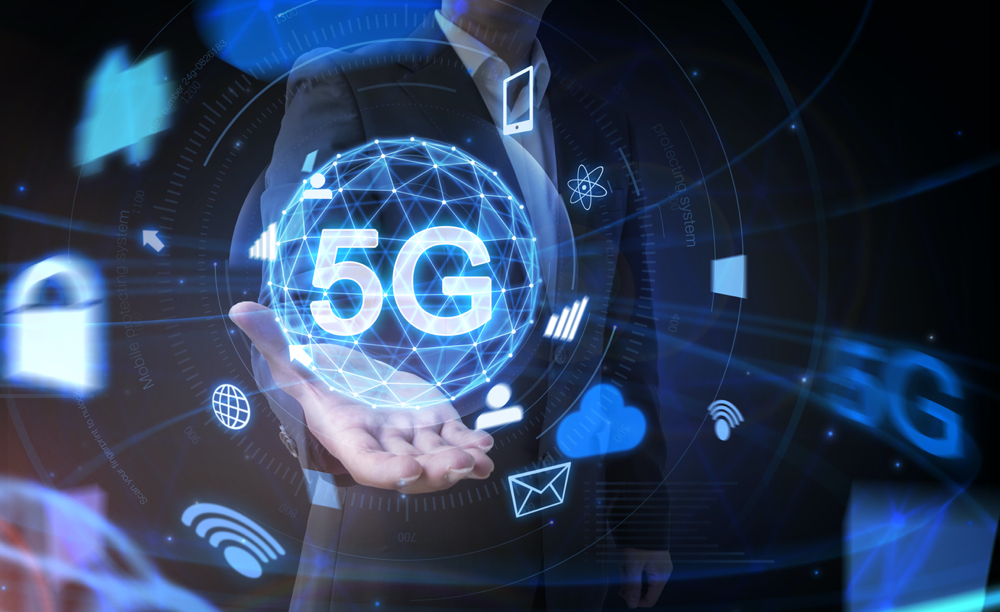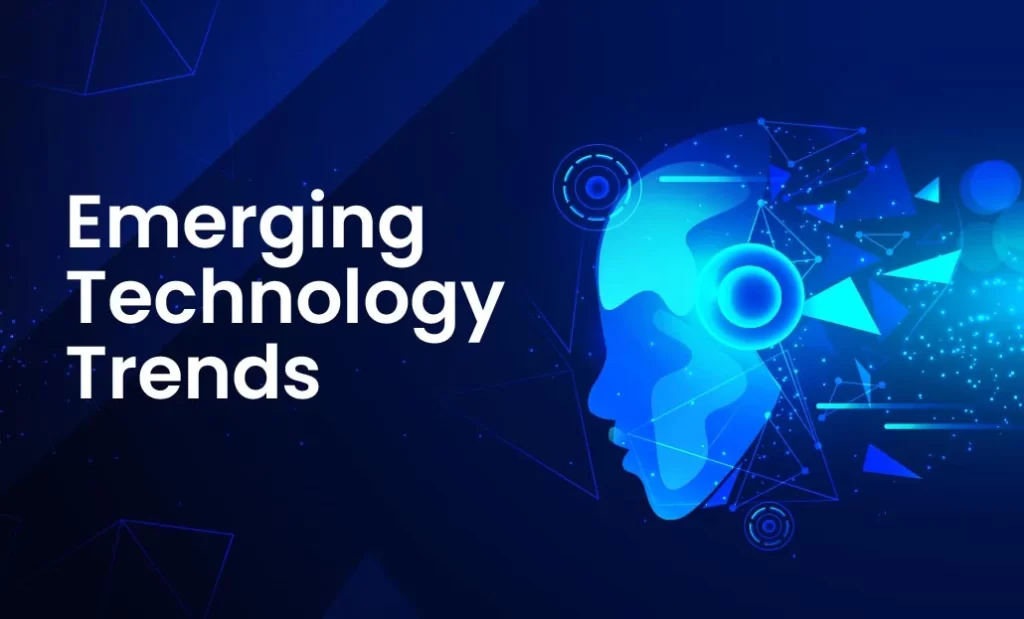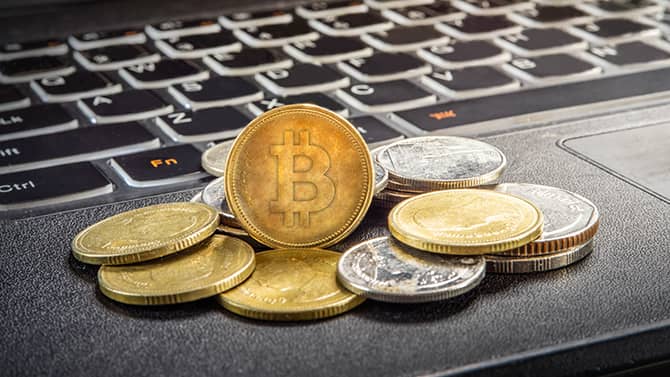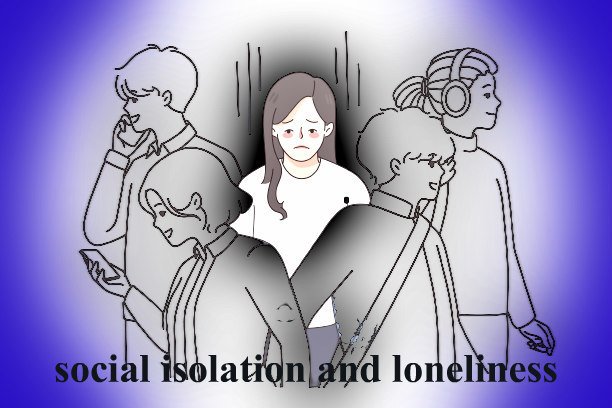The Internet of Things (IoT): Connecting the World Digitally

In our increasingly digital world, the Internet of Things (IoT) has emerged as a transformative force, reshaping the way we live and work. IoT is more than just a buzzword; it’s a technological revolution that connects everyday devices to the internet, enabling them to communicate, share data, and make intelligent decisions. In this blog post, we will delve into the world of IoT, exploring what it is, how it works, its applications, and the potential it holds for the future.
What is IoT?
The Internet of Things refers to a network of interconnected physical objects or “things,” which are embedded with sensors, software, and other technologies to collect and exchange data. These objects can range from simple household appliances like refrigerators and thermostats to complex industrial machinery and vehicles.
How Does IoT Work?
At the core of IoT are sensors and connectivity. Sensors are embedded in objects to collect data, such as temperature, location, or motion, and send it to a central system via the internet. This data is then processed and analyzed to trigger actions or provide valuable insights. IoT devices often communicate using wireless protocols, such as Wi-Fi, Bluetooth, or cellular networks.
Read More : The Influence of Technology on Education and E-Learning
Applications of IoT
The applications of IoT are vast and continue to expand across various industries. Here are a few notable examples:
Smart Homes: IoT allows homeowners to control and monitor various devices, such as thermostats, security cameras, and lighting, remotely through their smartphones.
Healthcare: Wearable devices, like fitness trackers and smartwatches, monitor vital signs and send health data to healthcare professionals, improving patient care and remote monitoring.
Smart Cities: IoT enables better urban planning and management through applications like smart traffic lights, waste management systems, and energy-efficient street lighting.
Agriculture: Farmers use IoT to monitor soil conditions, weather, and crop health, optimizing their agricultural practices for better yields and sustainability.
Industrial IoT (IIoT): Manufacturers use IoT to enhance production processes, reduce downtime, and improve maintenance through predictive analytics.
Logistics and Transportation: IoT enhances tracking and management of assets, from cargo containers to fleets of vehicles, optimizing logistics and supply chain operations.
Read More : The Role of AI in Content Creation: A Revolution in the Making
The Future of IoT
The IoT landscape is continually evolving. As technology advances, we can expect several exciting developments:
5G Connectivity: The rollout of 5G networks will provide faster, more reliable connections for IoT devices, enabling real-time data processing and greater interconnectivity.
Edge Computing: Processing data closer to the source (at the edge) will reduce latency and make IoT applications more responsive and efficient.
Security and Privacy: As the number of IoT devices increases, addressing security and privacy concerns will be paramount to protect sensitive data from potential threats.
AI and Machine Learning Integration: IoT and AI will work together to make devices smarter, allowing them to learn and adapt to user preferences and changing environments.
Final Words :
The Internet of Things has already begun to reshape our world, connecting devices and objects in ways previously unimaginable. As IoT continues to evolve and integrate with other emerging technologies, the possibilities are endless. Whether it’s improving daily life through smart homes, advancing healthcare, or enhancing industrial processes, IoT is a digital revolution that is here to stay, and its impact on society will only grow in the years to come. So, keep an eye on this ever-expanding digital ecosystem, as it will continue to connect the world in unprecedented ways.







